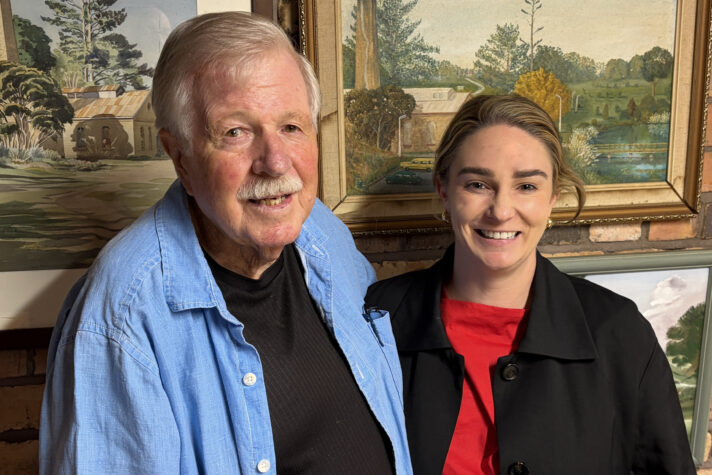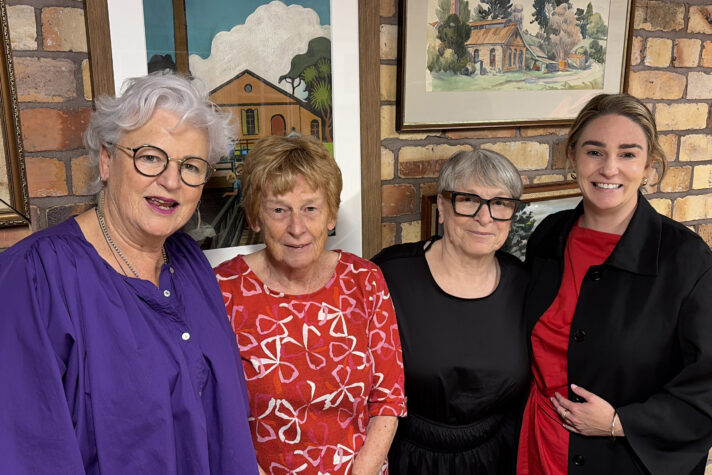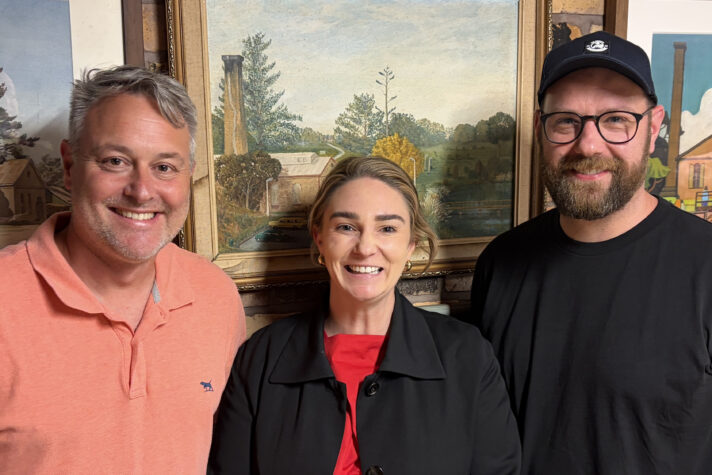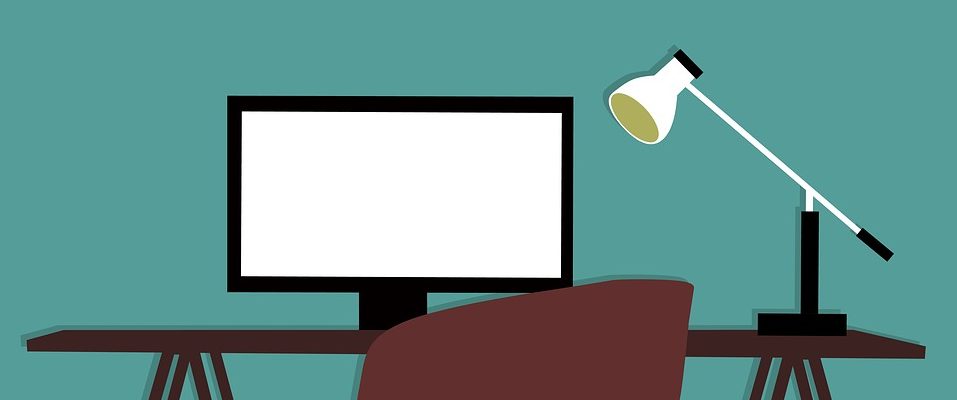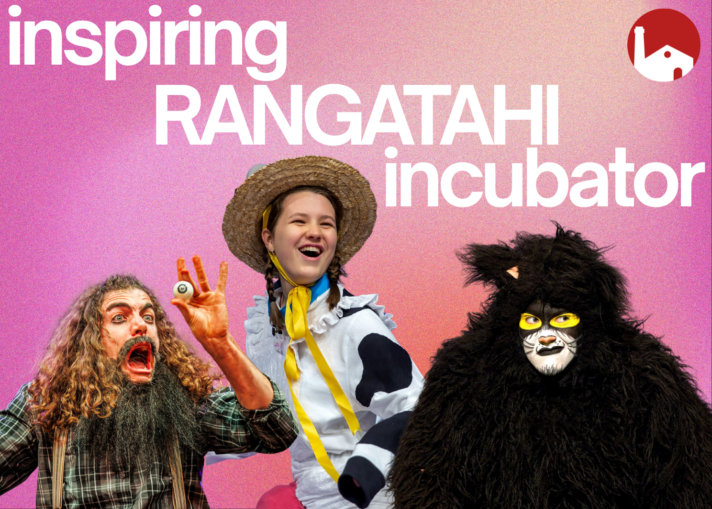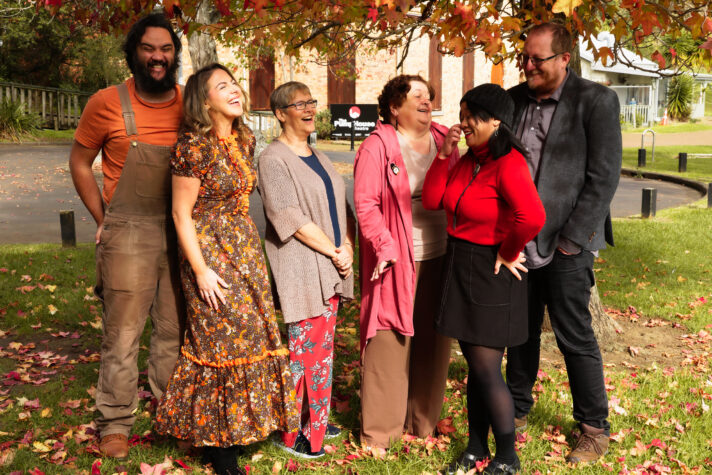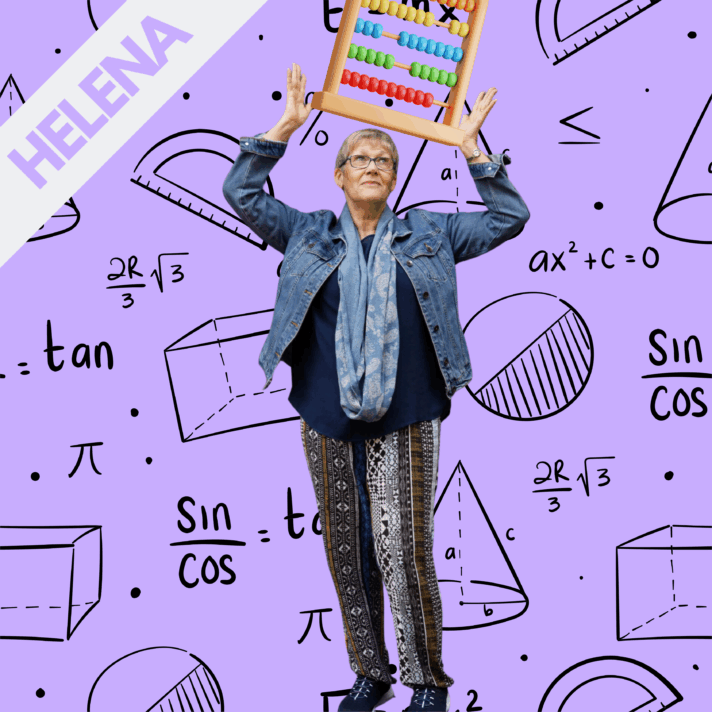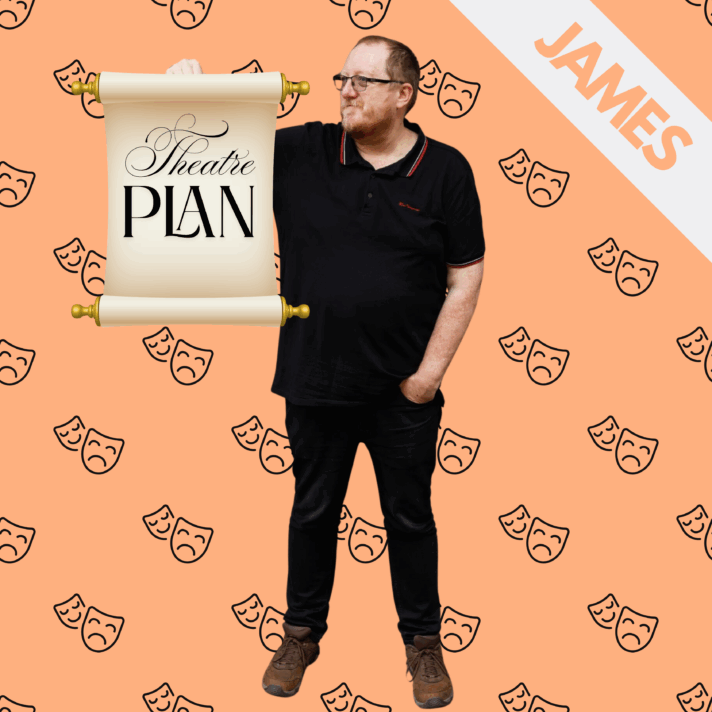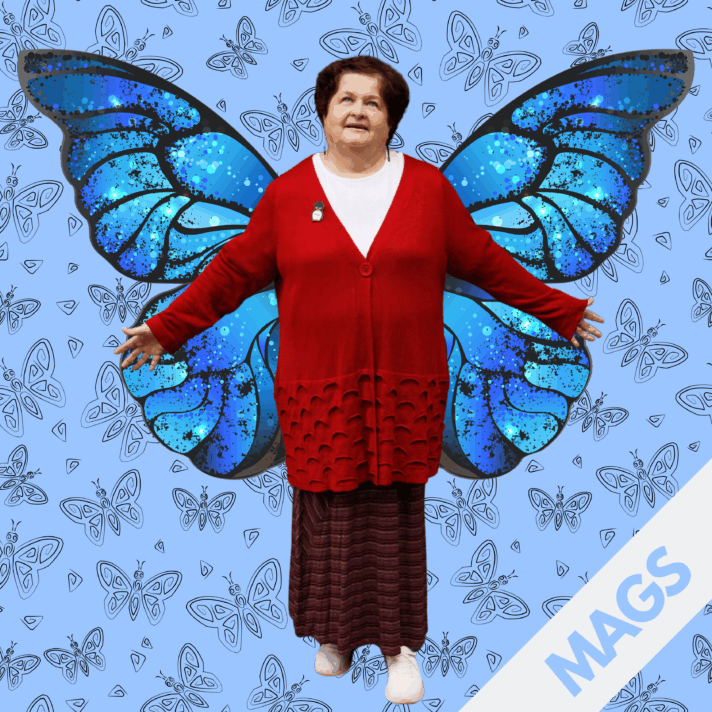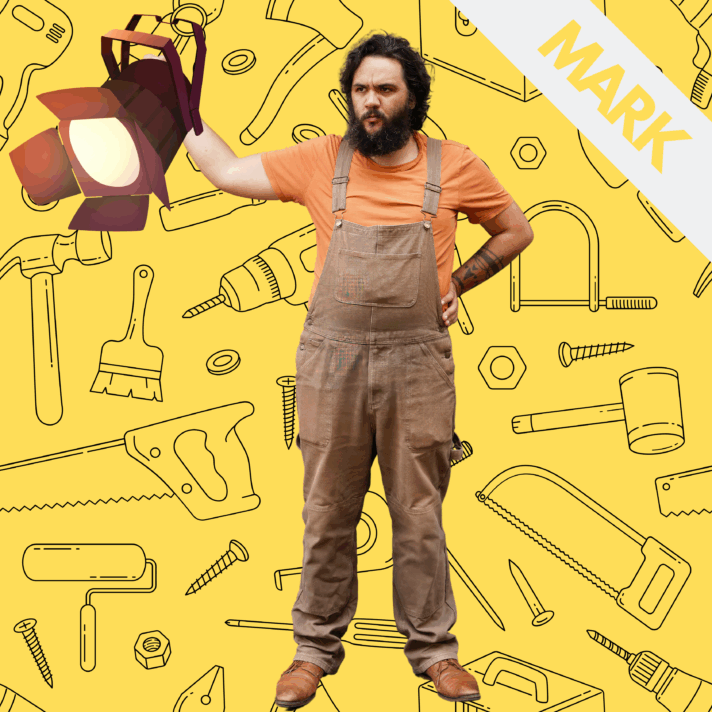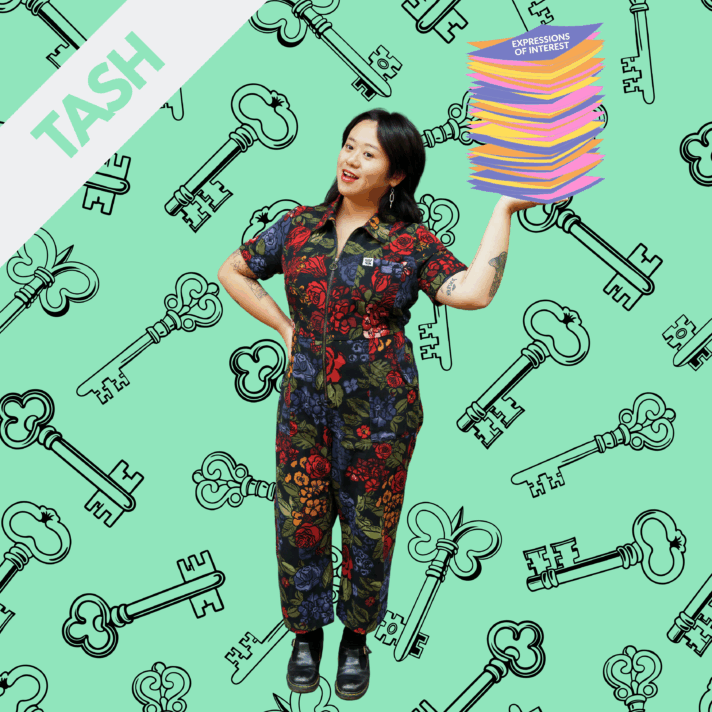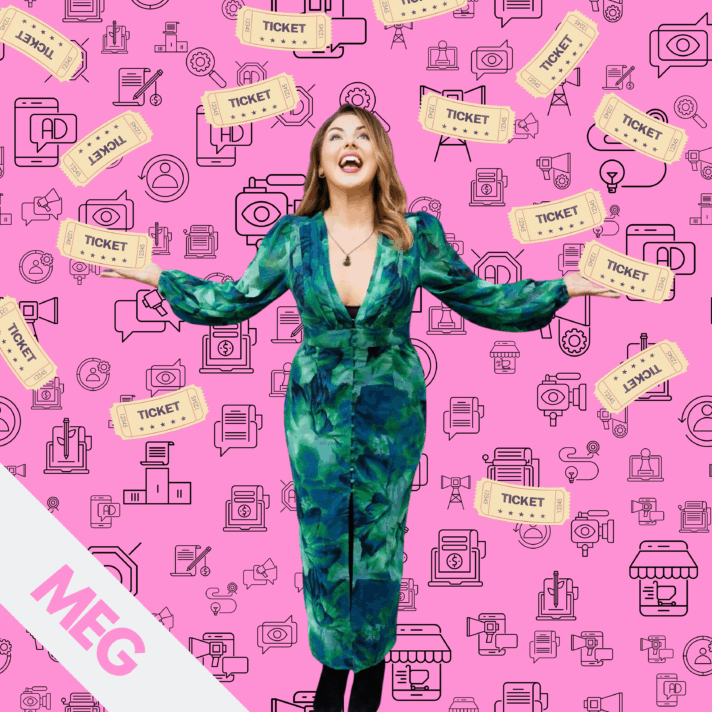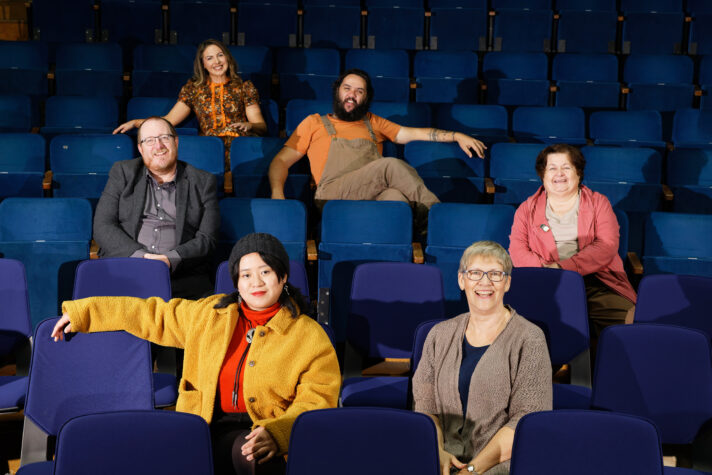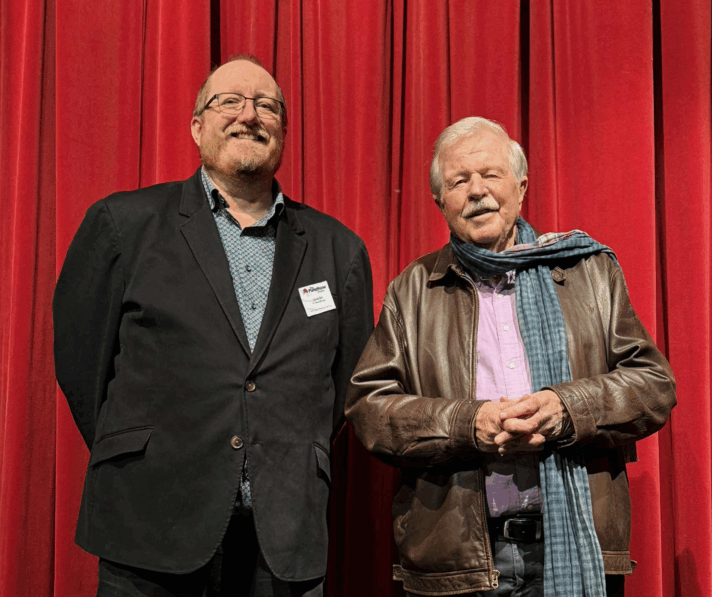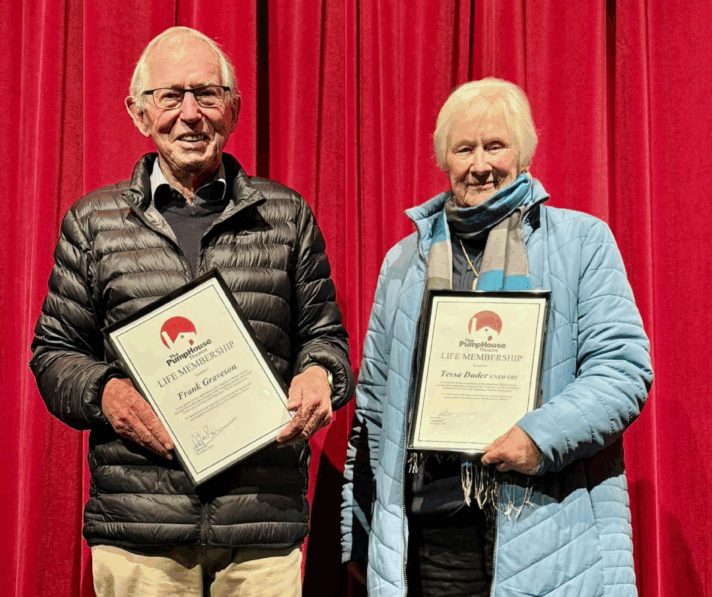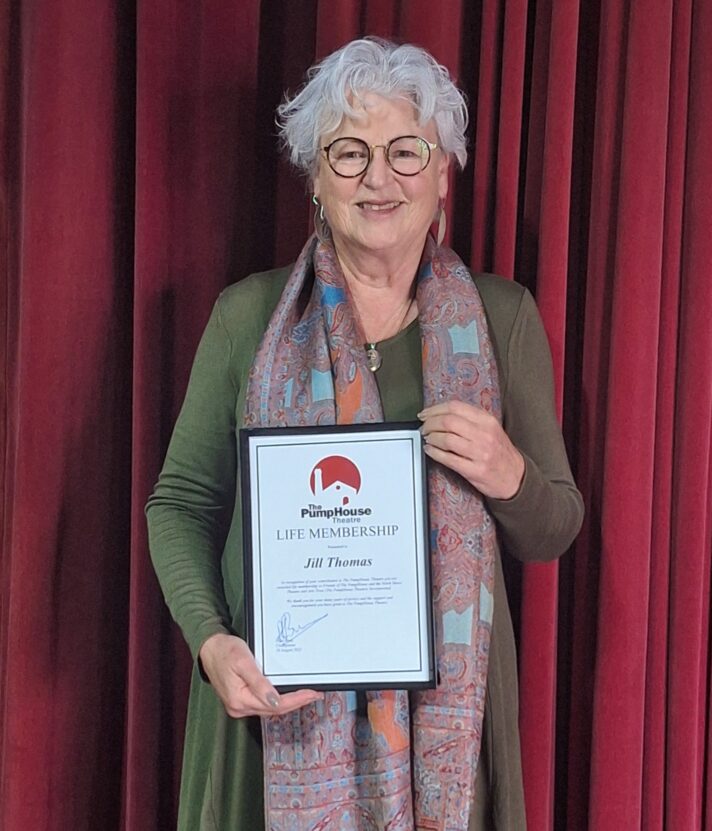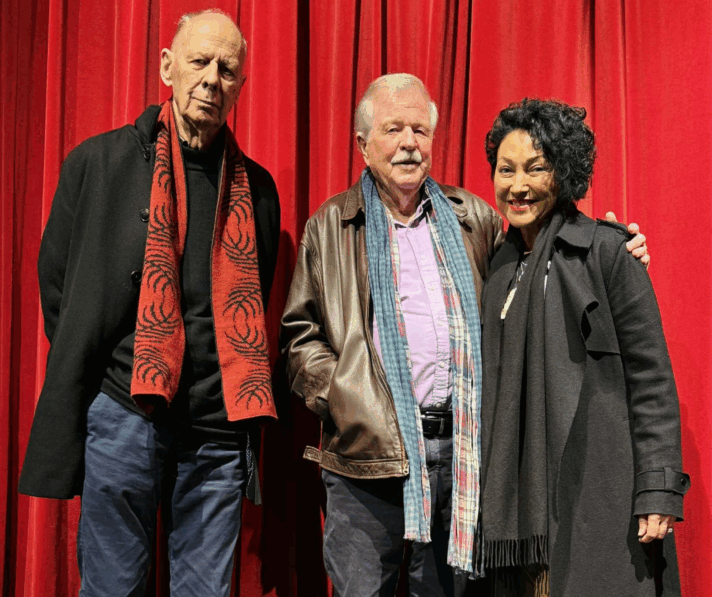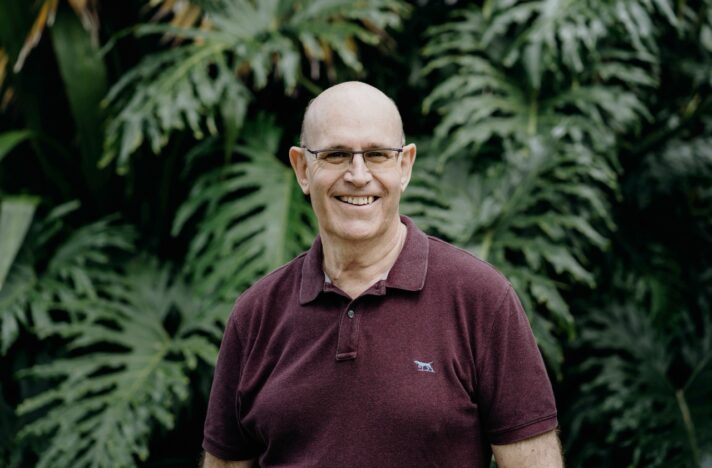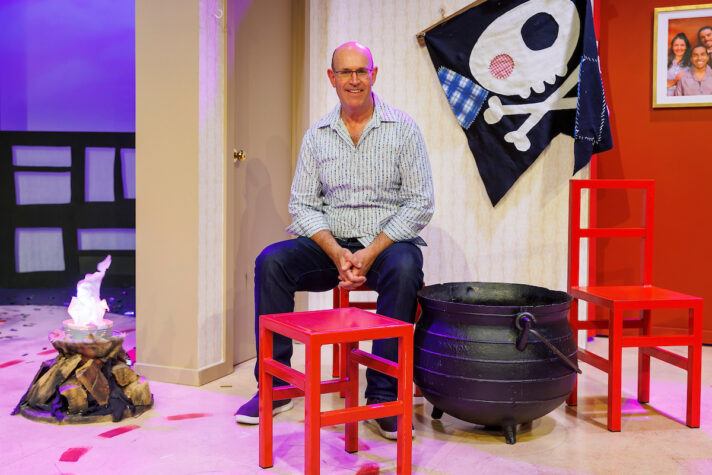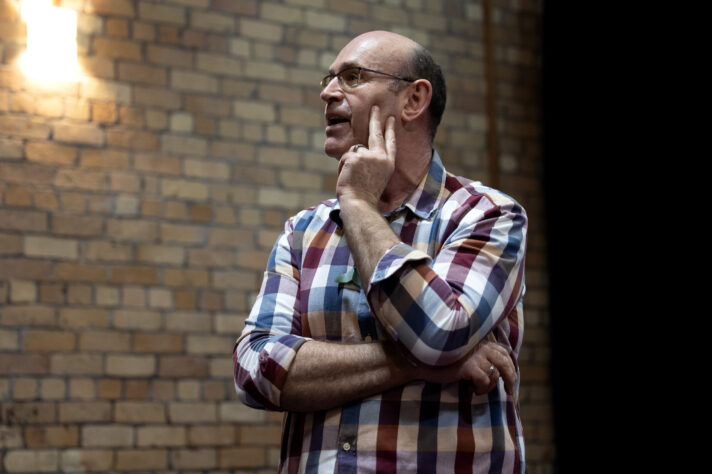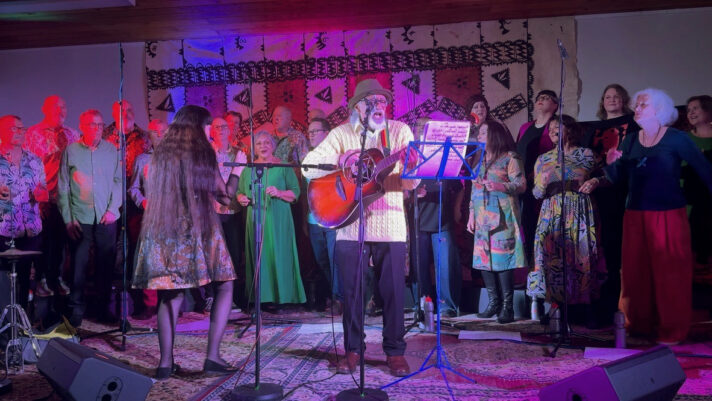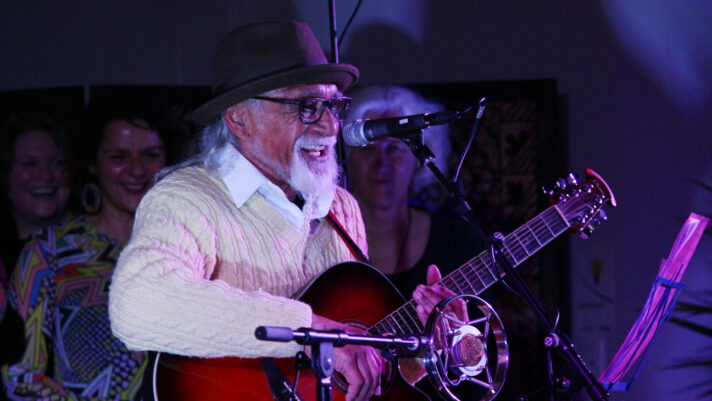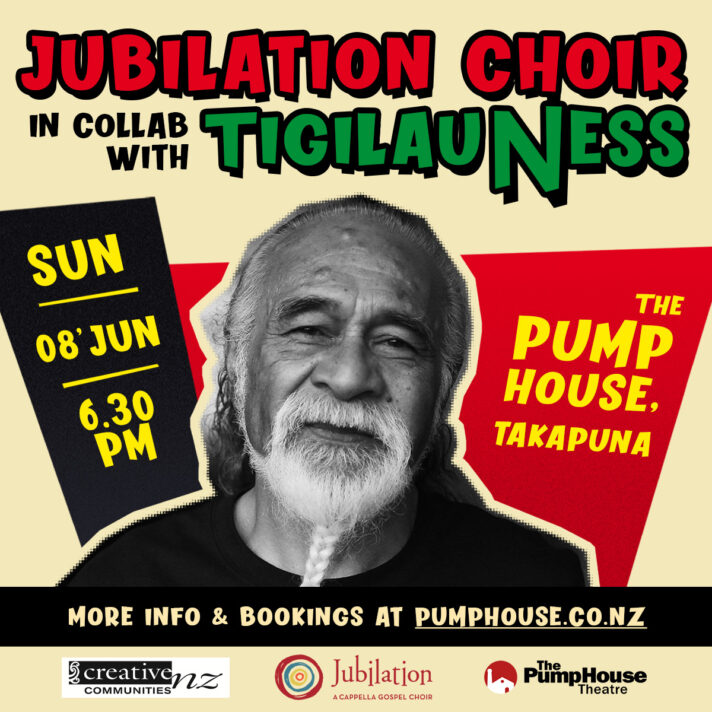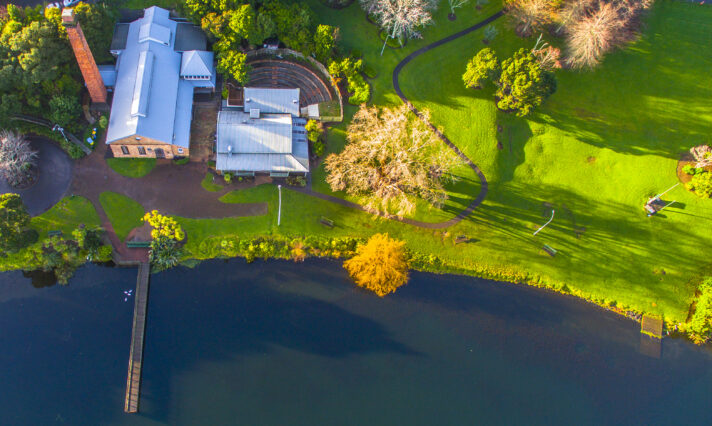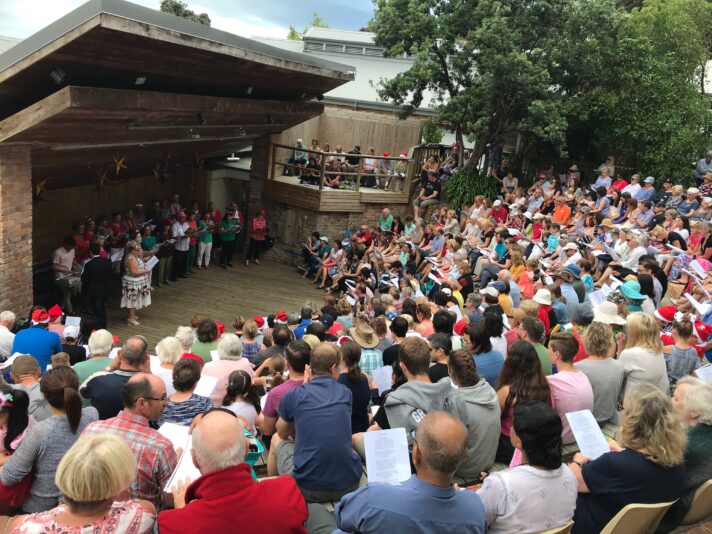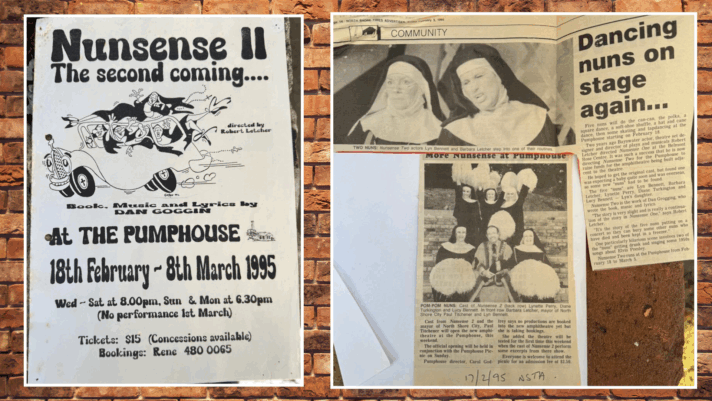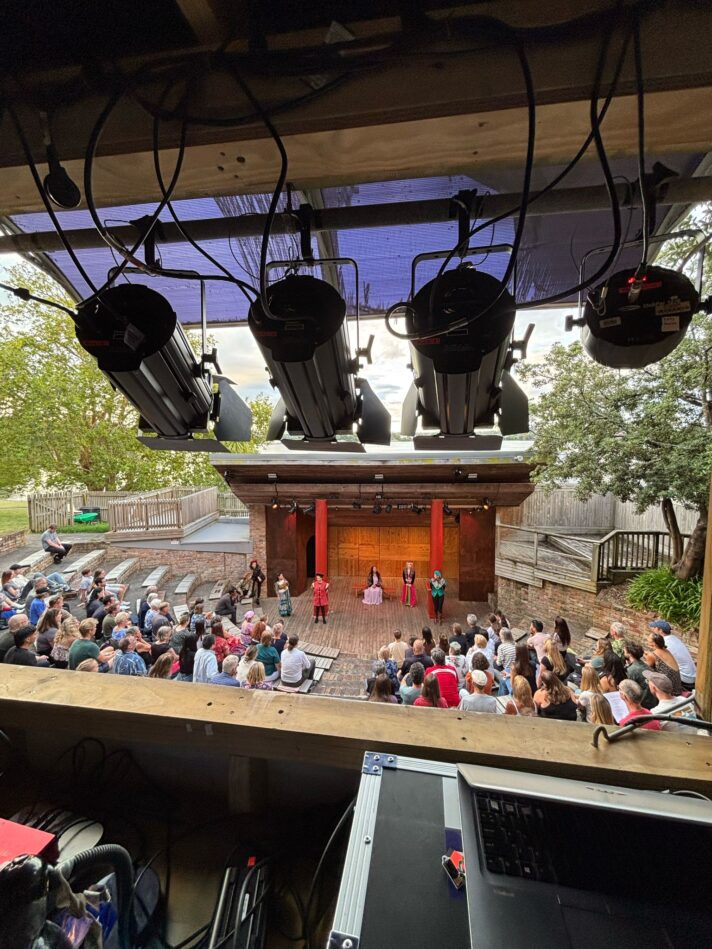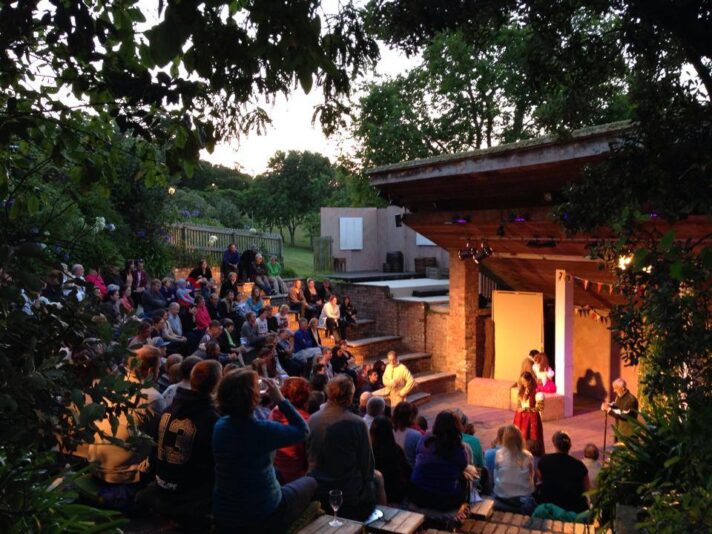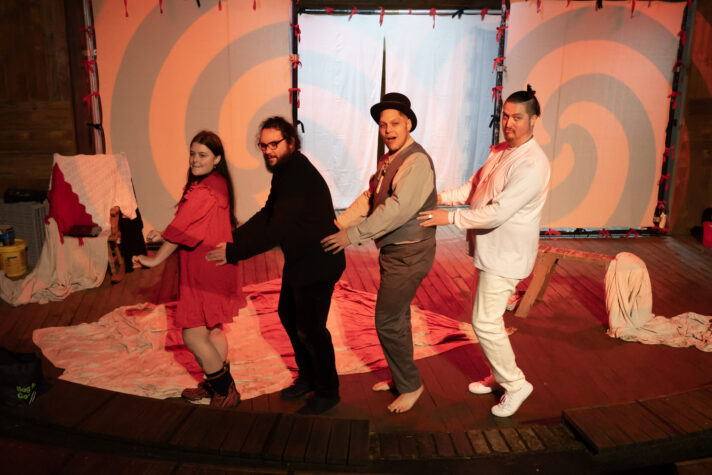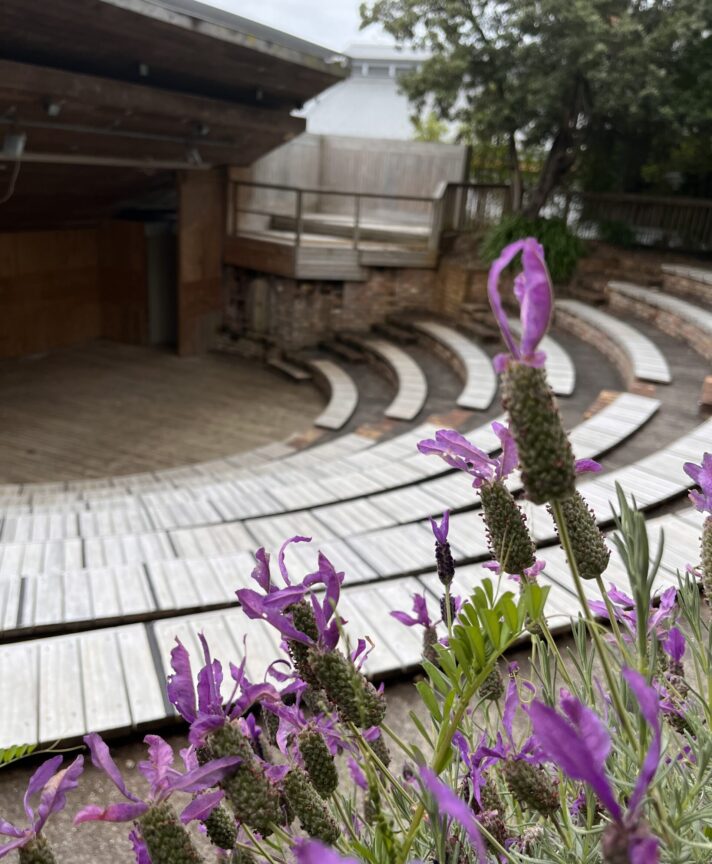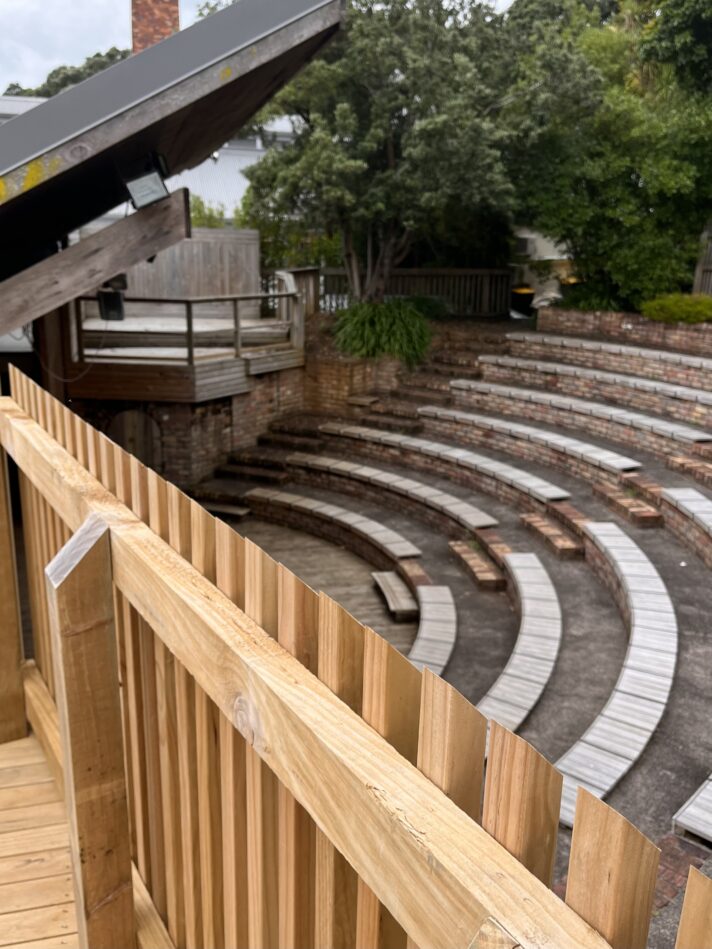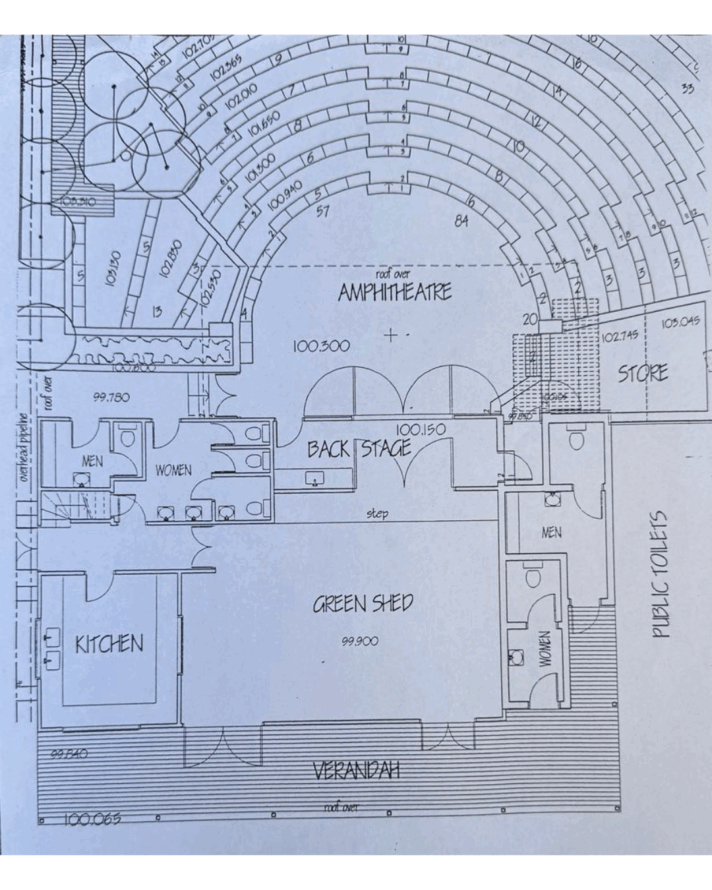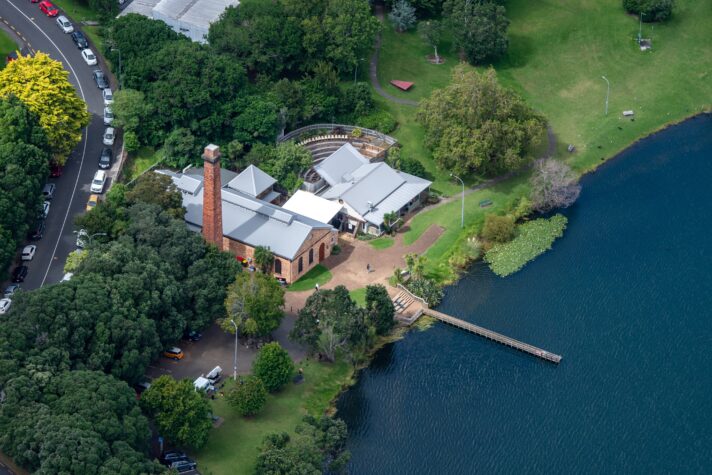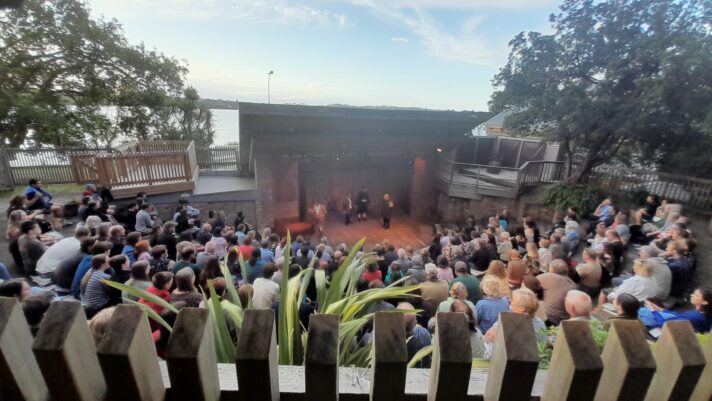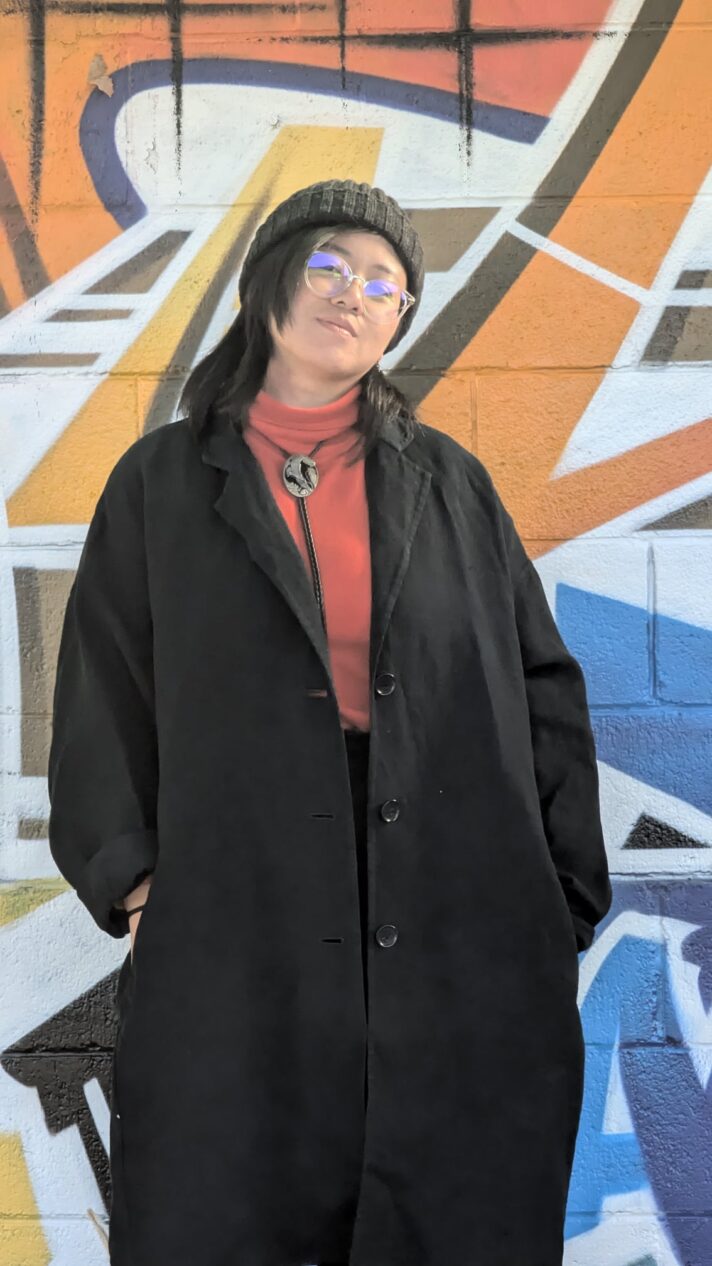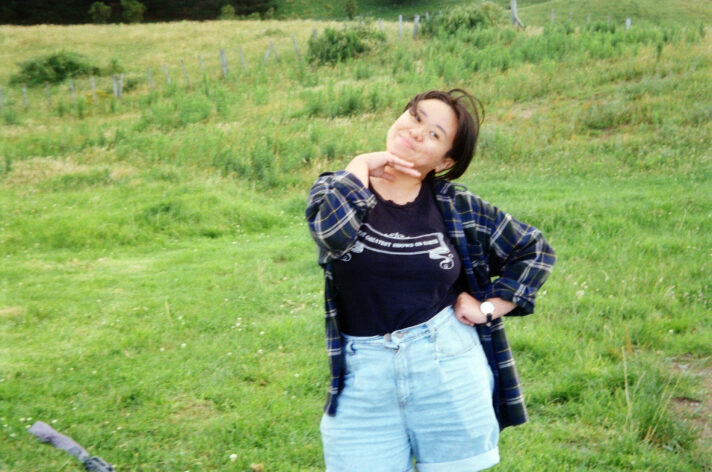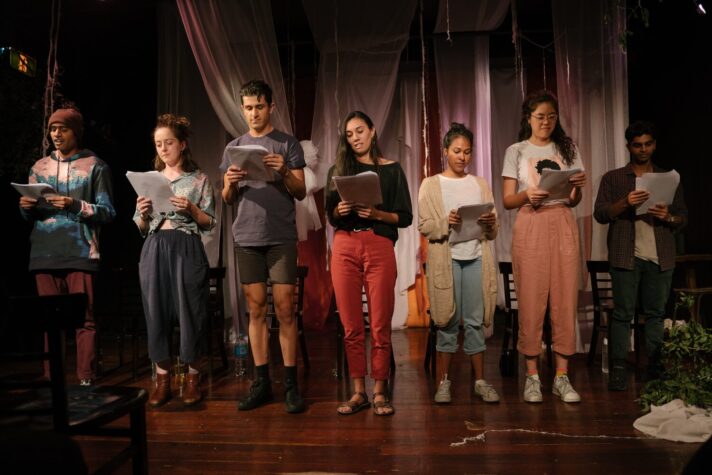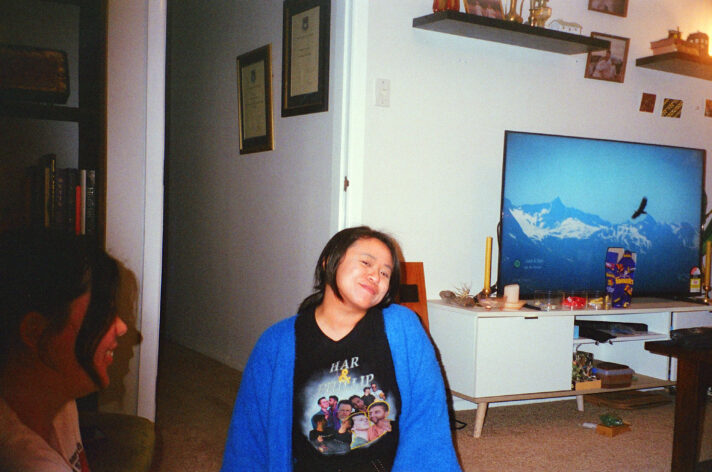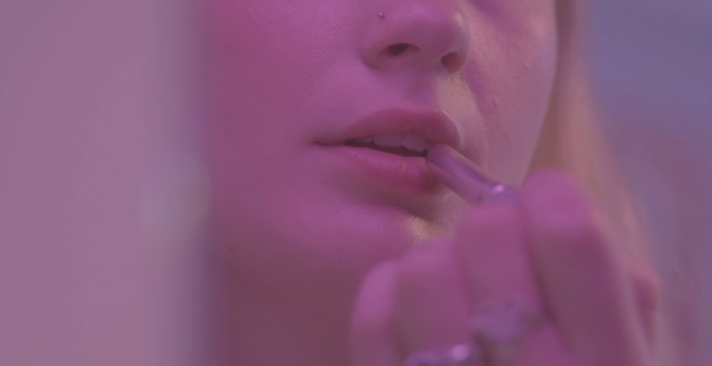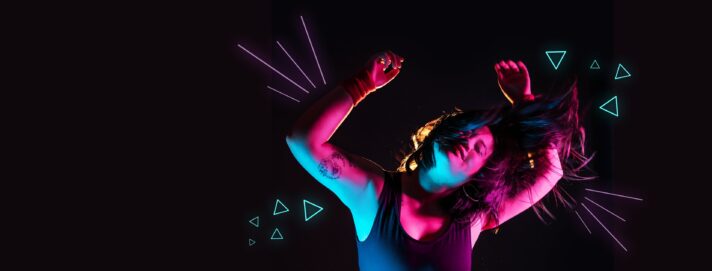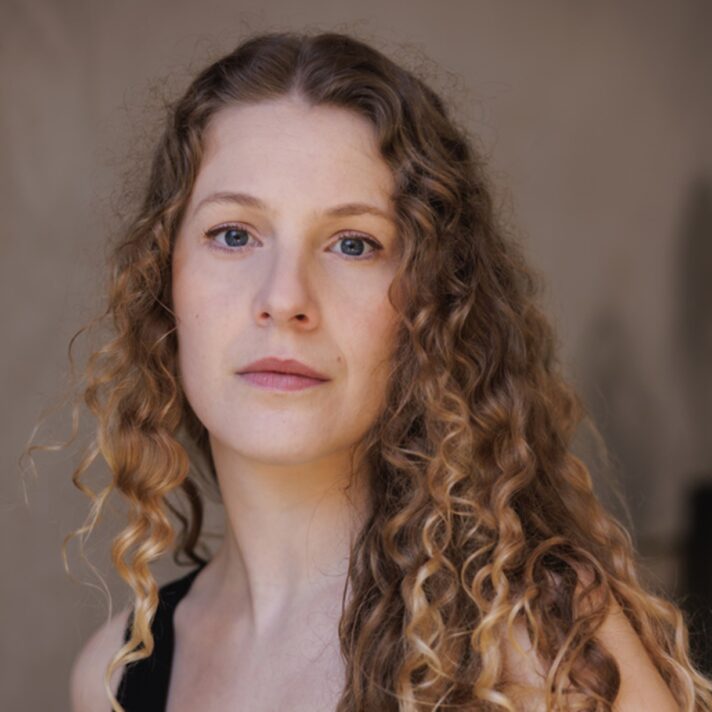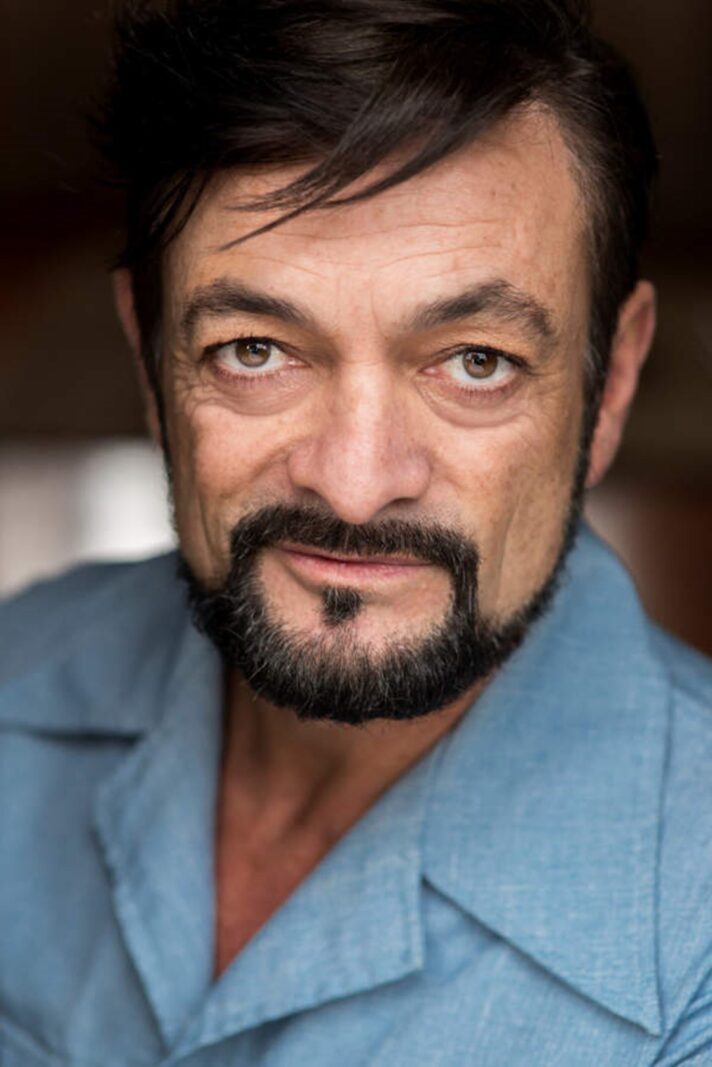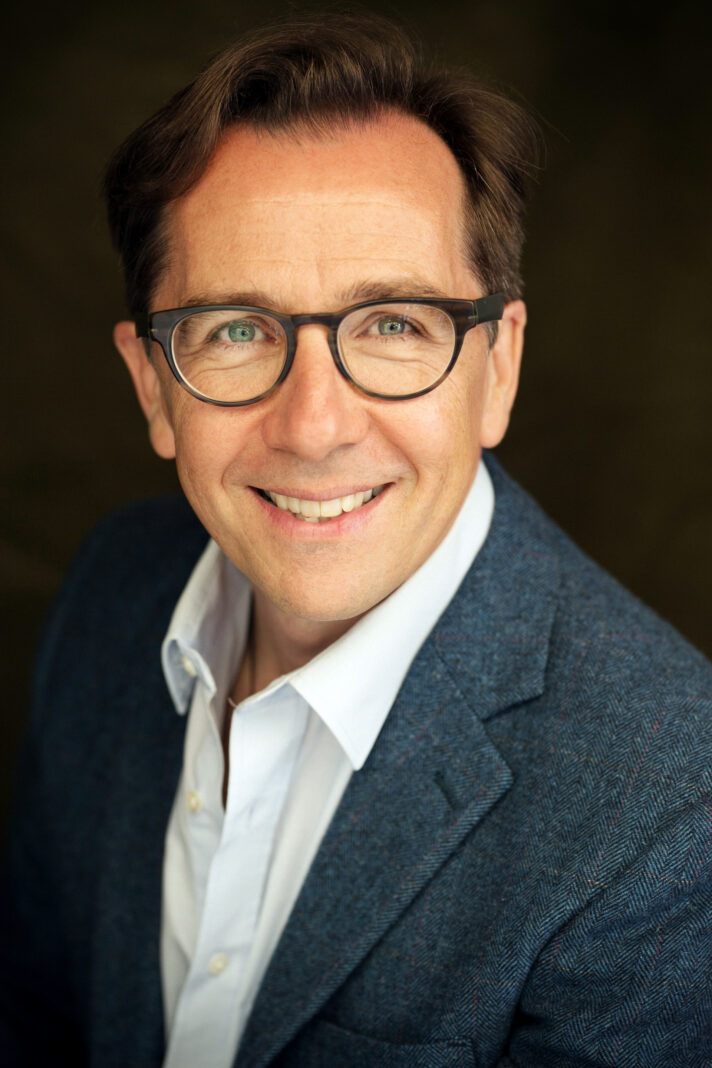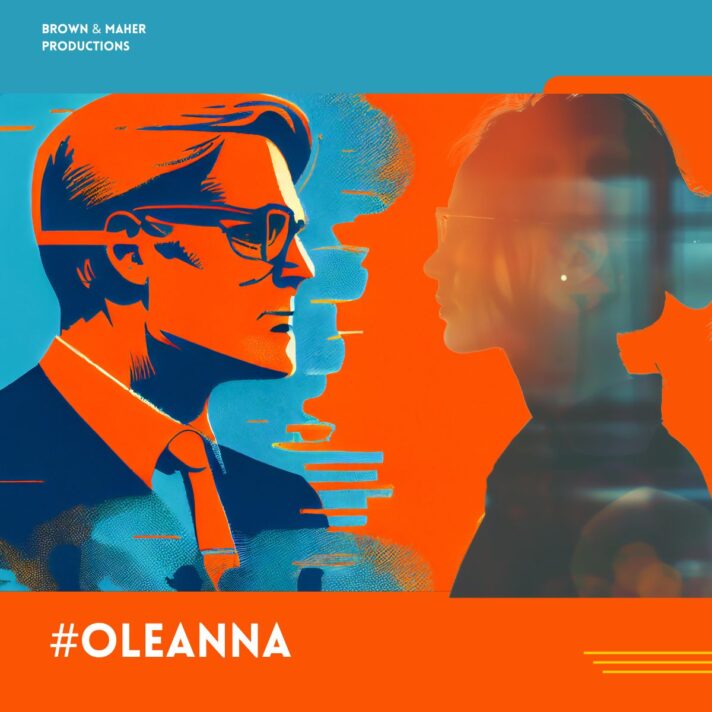This spring, our stage bursts to life with brilliant whānau-friendly theatre, guaranteed to keep tamariki (and their grown-ups) immensely entertained.
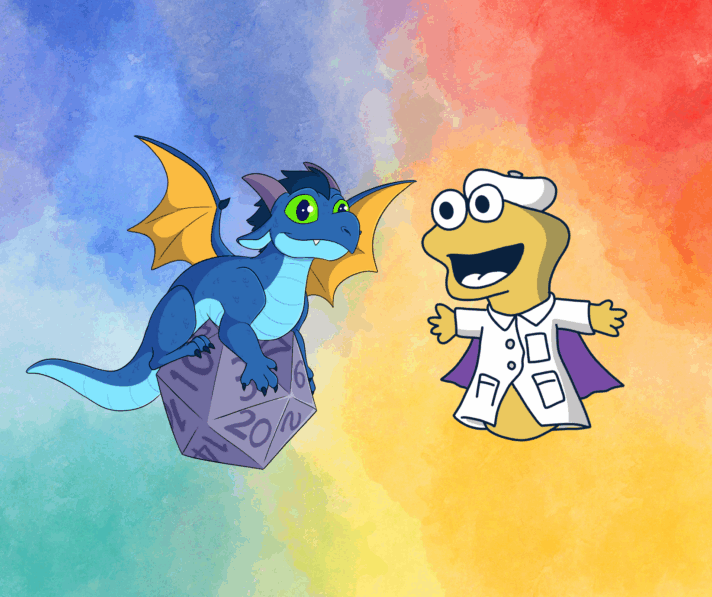
Among the highlights are two playful new productions from Improverished, a dynamic group of performers bringing fresh energy (and familiar faces!) to our school holiday line-up. Many of these talented artists cut their teeth with Tim Bray Theatre Company, carrying forward Tim’s legacy by creating magical theatre experiences for the next generation.
We caught up with Dylan, an actor in It’s Alive!, and Bridie, who’s in Can I Get an Underground Location and a Mythical Creature? to find out more about their work.
MEET DYLAN UNDERWOOD
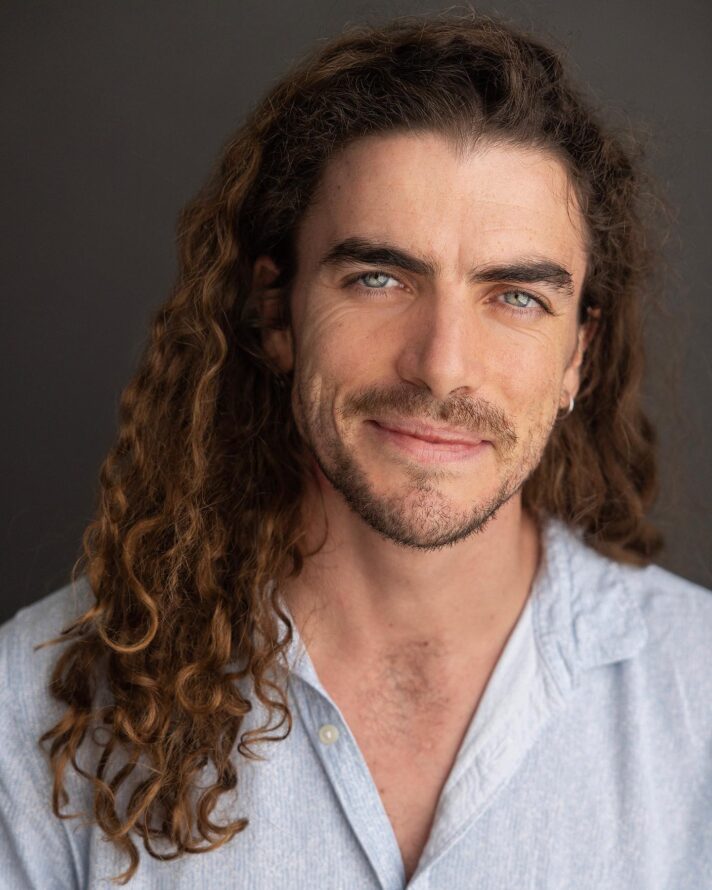
My name’s Dylan! I was born and raised in Auckland, I loved playing sports and video games growing up and I’ve loved performing ever since I started doing it at school!
MEET BRIDIE THOMSON
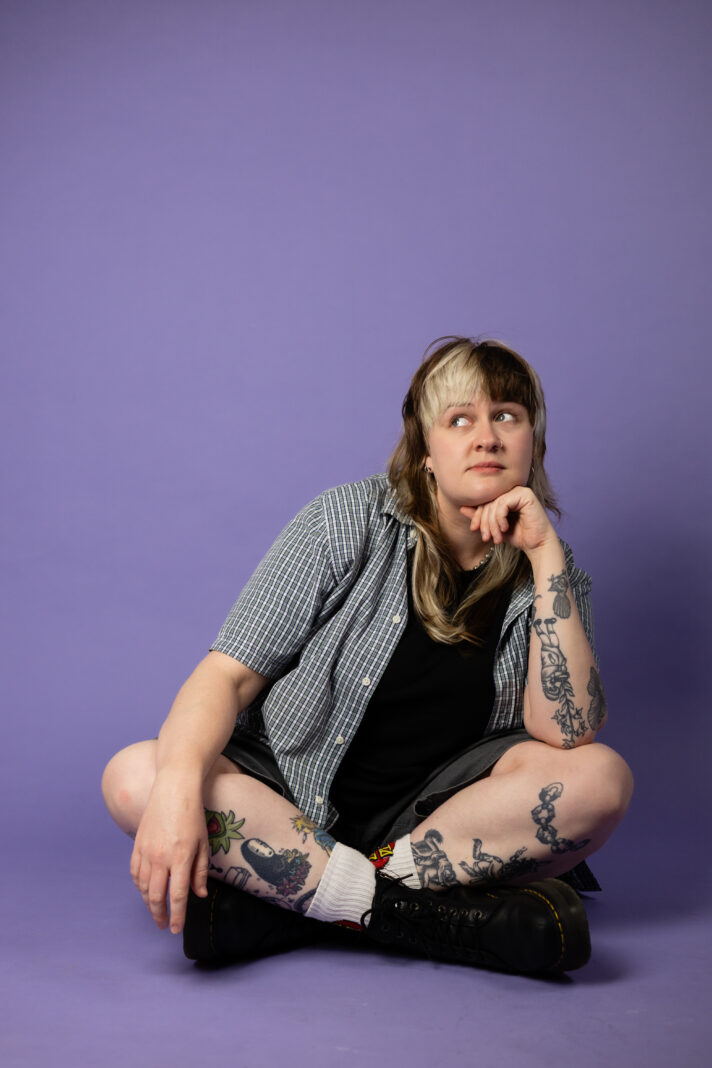
I am a multi-disciplinary creative working as an Audio Describer for broadcast TV by day and then using what little time I seem to have left in the evenings to be a Comedian, Actor, Theatre maker and general lover of the arts. My fellow castmate Rebecca Mary Gwendolon and I also create inclusive, joyful comedy under the production company, Comedy Culture NZ. While I don’t have any formal training, my performing arts background is one full of whatever opportunities I’ve been able to throw myself into over the years, including puppetry, clowning and drag. If ever I can let my freak flag fly flamboyantly, I’ll do so!
What inspired you to start creating theatre specifically for tamariki and families?
DYLAN: I’ve worked with several children’s theatre companies over the years and what I’ve noticed is that not a lot of children get access to seeing live theatre, but the ones that do remember the experience for the rest of their lives! So many of the kids I’ve performed to have talked to me about how much they also love making stories and playing pretend and that they love using it as a way to connect with their friends and family. Inspiring and cultivating imagination and story-telling in our tamariki and allowing them to build relationships based on a shared experience, like live theatre, is something I passionately believe will enrich their lives, as it’s certainly enriched mine!
BRIDIE: I am a huge advocate for accessible theatre and making a show have something for everyone. Kids shows are fun, but have you ever seen a tween come into a show with their arms crossed, face unamused, and by the end, they’re screaming with glee to be on stage with you? That’s what it’s all about. Seeing the joy in people, no matter the age.
Many of you have strong ties with Tim Bray Theatre Company. Can you share how working with Tim influenced your approach to making theatre for young audiences?
DYLAN: My first professional gig as an actor was playing ‘Pig’ in a Tim Bray Productions show of Mrs. Wishy Washy in 2017. During this season I was totally enamoured with telling these wacky stories while playing wacky characters because of the way the kids related to them, invested in their stories and wanted to either help (or hinder) them! What really stuck with me was the way that once the kids realised that what they said or did had an impact on this made-up world, they were so keen to trust their instincts and actively engage with it, and I want them to carry that trust in themselves into the real world for the rest of their lives. What they say and do matters, it has an impact on the world and the world is a better place for it.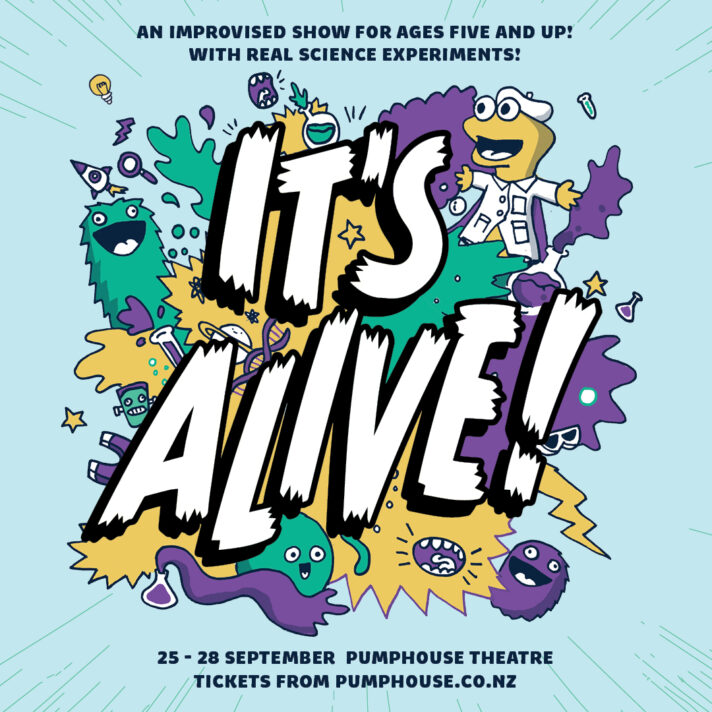
What’s the most rewarding part about performing for kids compared to adult audiences?
DYLAN: Kids are the most honest critics you could ever get. I love how you know exactly how a show is doing based on how the audience is reacting, which you don’t often get from adult audiences. Kids will laugh and shout with their whole heart if they’re enjoying a show, or they’ll start to fidget and moan when they’re not, it means you can adjust on the fly and know exactly what works and what doesn’t which is really useful if you’re trying to make a show good!
BRIDIE: Kids can stay with you in the moment, completely immersed in the world. They leave their worries at the door and often forget about them completely, just because their imaginations expand so far beyond day-to-day “adult stress” that you too as a performer, get to just have fun. There couldn’t be a more perfect audience than one full of kids with zero judgment. They won’t give you notes on your performance at the end, either.
If your show was an ice cream flavour, what would it taste like?
DYLAN: I think ‘It’s Alive!’ would taste like Goody Goody Gum Drops, it’s sweet but with all sorts of lollies in it and you don’t quite know what lolly you’re gonna find but you know you’re gonna enjoy it!
BRIDIE: ‘Can I Get an Underground Location and a Mythical Creature?’ would probably be like that rainbow swirly ice cream. You can’t tell what it tastes like by looking at it, you assume it’s probably vanilla, but when you taste it, it’s an explosion of sweetness that you know is going to send you on a sugar high and come crashing down after you’ve eaten too much.
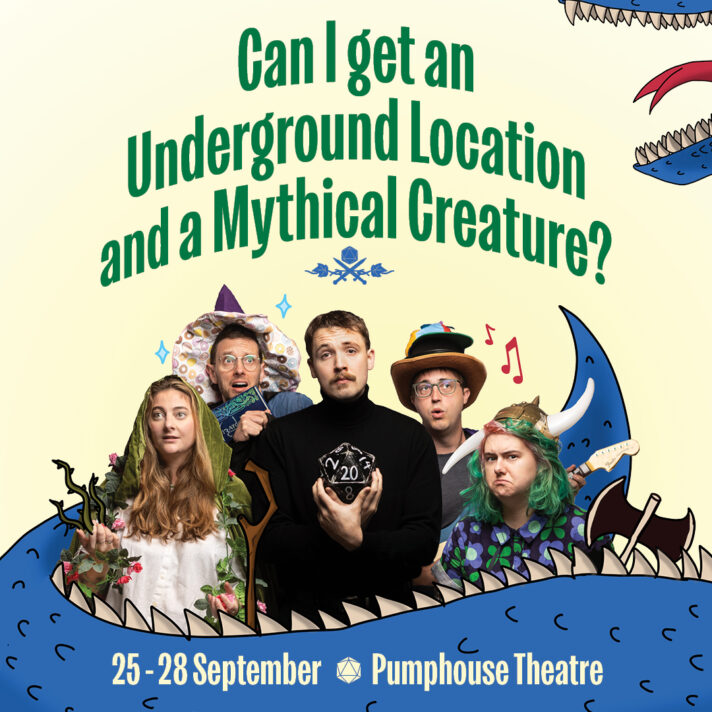
How would you describe your show using only three words?
DYLAN: Fun, funny, funky
BRIDIE: Fast, Fun, Fearless
What do you hope tamariki (and their parents) will take away from your show?
DYLAN: An appreciation for science and how it’s often inspired by your own imagination and curiosity, a discovery that it’s fun to solve problems, and a shared experience that the whole family can remember and laugh about!
BRIDIE: That they need more whimsy in their lives and should go play DND together.
